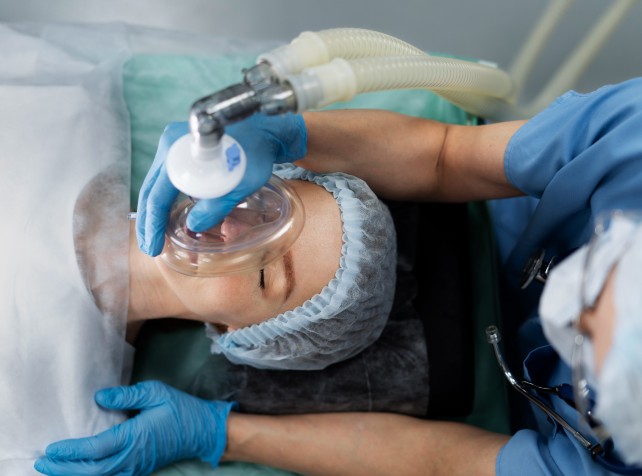For most patients, general anaesthesia means peace of mind: a deep sleep from which they will wake with no memory of the procedure. But for a small number, something very different occurs — they regain partial awareness during surgery, hearing voices or feeling sensations, sometimes pain, without being able to move or speak. This rare but traumatic experience, known as intraoperative awareness, poses complex challenges for both clinicians and patients. While technology has advanced, the detection and prevention of awareness still rely heavily on clinical judgement, vigilance, and system-level safeguards.
While exact incidence rates vary, the
UK’s Fifth National Audit Project (NAP5) is widely cited internationally and often referenced by Australian practitioners. It found that on average, about 1 in every 20,000 patients experiences accidental awareness under general anaesthesia. However, the risk increases significantly when muscle-paralysing drugs (neuromuscular blockers) are used – estimated at around 1 in every 8,000 cases. This difference highlights a crucial factor: when patients are paralysed, they cannot move or signal distress, making it even more vital to recognise indirect signs.
Subscribe for FREE to the HealthTimes magazine
In Australia, theatre teams routinely manage patients with complex risk factors – major trauma, obstetric emergencies, haemodynamic instability – where full anaesthetic depth must be carefully balanced against clinical urgency. These are the cases where intraoperative awareness is most likely to occur. Total intravenous anaesthesia (TIVA) without volatile agents, for instance, has been associated with higher incidence if monitoring is inadequate. Equipment malfunction, incorrect drug delivery, and unrecognised underdosing can all contribute. And in high-pressure settings, detection is difficult. Patients may not show outward signs. Muscle relaxants mask movement. Physiological cues like tachycardia or hypertension can be misattributed to surgical stimulus or underlying illness. As noted in NAP5, “physiological changes are neither sensitive nor specific” indicators of awareness.
Depth of anaesthesia monitors, such as the
bispectral index (BIS), are sometimes used to reduce risk, particularly in high-risk patients or TIVA cases. But the evidence on their effectiveness remains mixed.
The Cochrane review on BIS monitoring concluded it may reduce risk, especially in TIVA settings, but noted limitations in study design and generalisability. The message is clear: monitors can support, but not replace, clinical judgement.
When awareness does occur, the way clinicians respond can have lasting effects. A delayed or dismissive response may worsen patient distress, while early recognition and empathetic follow-up can mitigate psychological harm. NAP5 recommends that all reports of awareness be taken seriously, documented clearly, and followed up with appropriate psychological support. “The patient should be seen by a senior anaesthetist… and provided with a factual and empathetic explanation.” In Australia, this means not only individual follow-up but often incident reporting, case review, and – where appropriate – open disclosure procedures in line with state health guidelines.
Consent plays a critical role in managing patient expectations and mitigating medico-legal risk. Australian case law, particularly
Rogers v Whitaker (1992), makes it clear that material risks – those a reasonable person in the patient’s position would find significant – must be disclosed. While awareness is rare, it may be considered material in high-risk cases involving paralysis or TIVA. In those situations, a brief explanation before surgery may be both ethically and legally prudent. Even a short phrase like “because of the type of anaesthetic we’re using, there is a very small risk that you could be aware during the operation” can lay the groundwork for trust.
Prevention, of course, remains the ultimate goal. Strategies include careful case selection for TIVA, using checklists that verify correct drug dosing and pump function, maintaining situational awareness during induction and emergence, and adopting structured debriefing when something feels off. The NAP5 report recommends mandatory checklists and supports the use of awareness monitoring in high-risk groups. Many Australian hospitals already follow similar protocols as part of theatre safety and anaesthetic peer review.
Ultimately, intraoperative awareness is a clinical, ethical and psychological challenge – not only for patients, but for the teams that care for them. It calls on anaesthetists to balance vigilance with compassion, technology with intuition. And it reminds all of us that even when the theatre lights are bright, some things remain in shadow unless we actively look for them.












